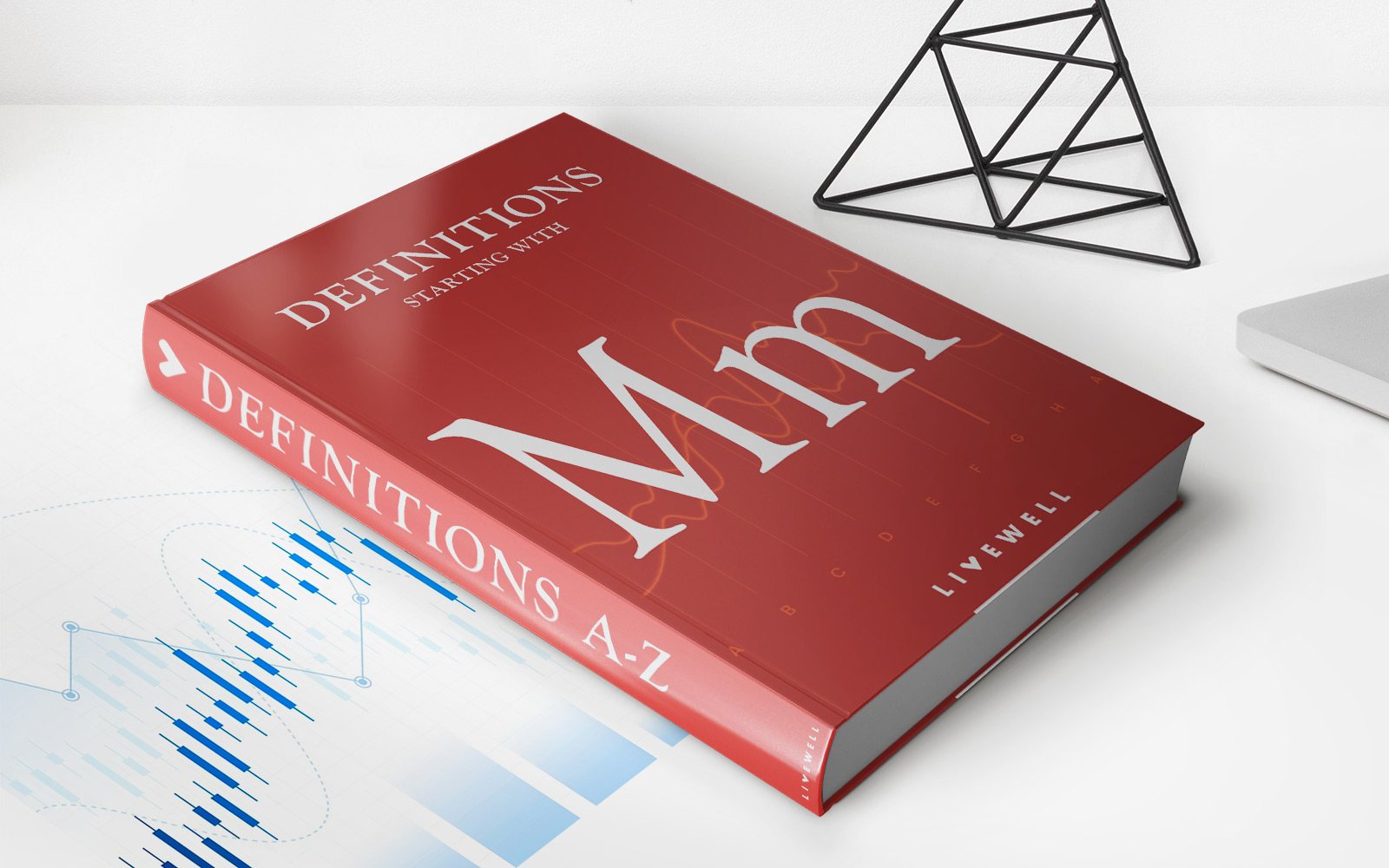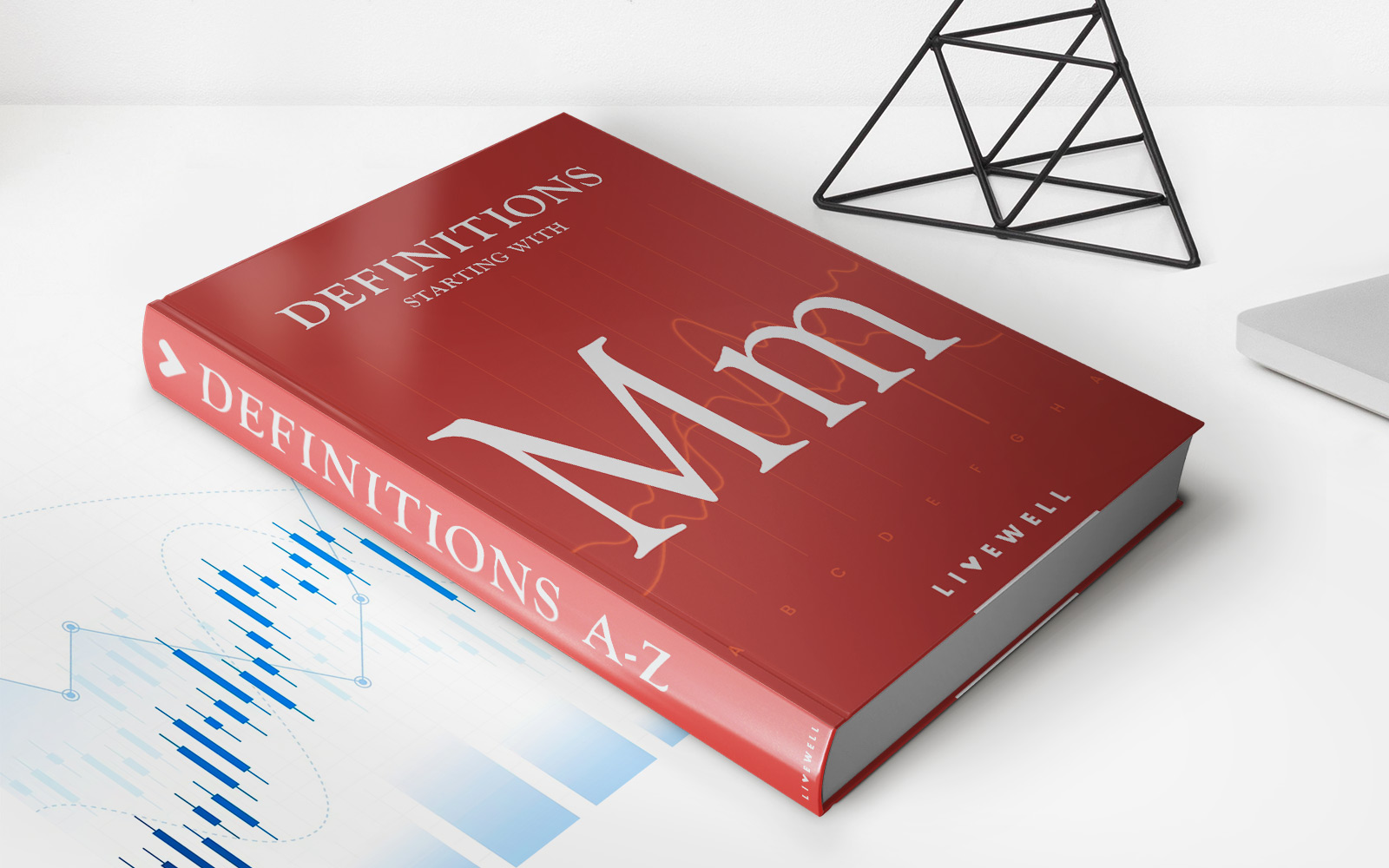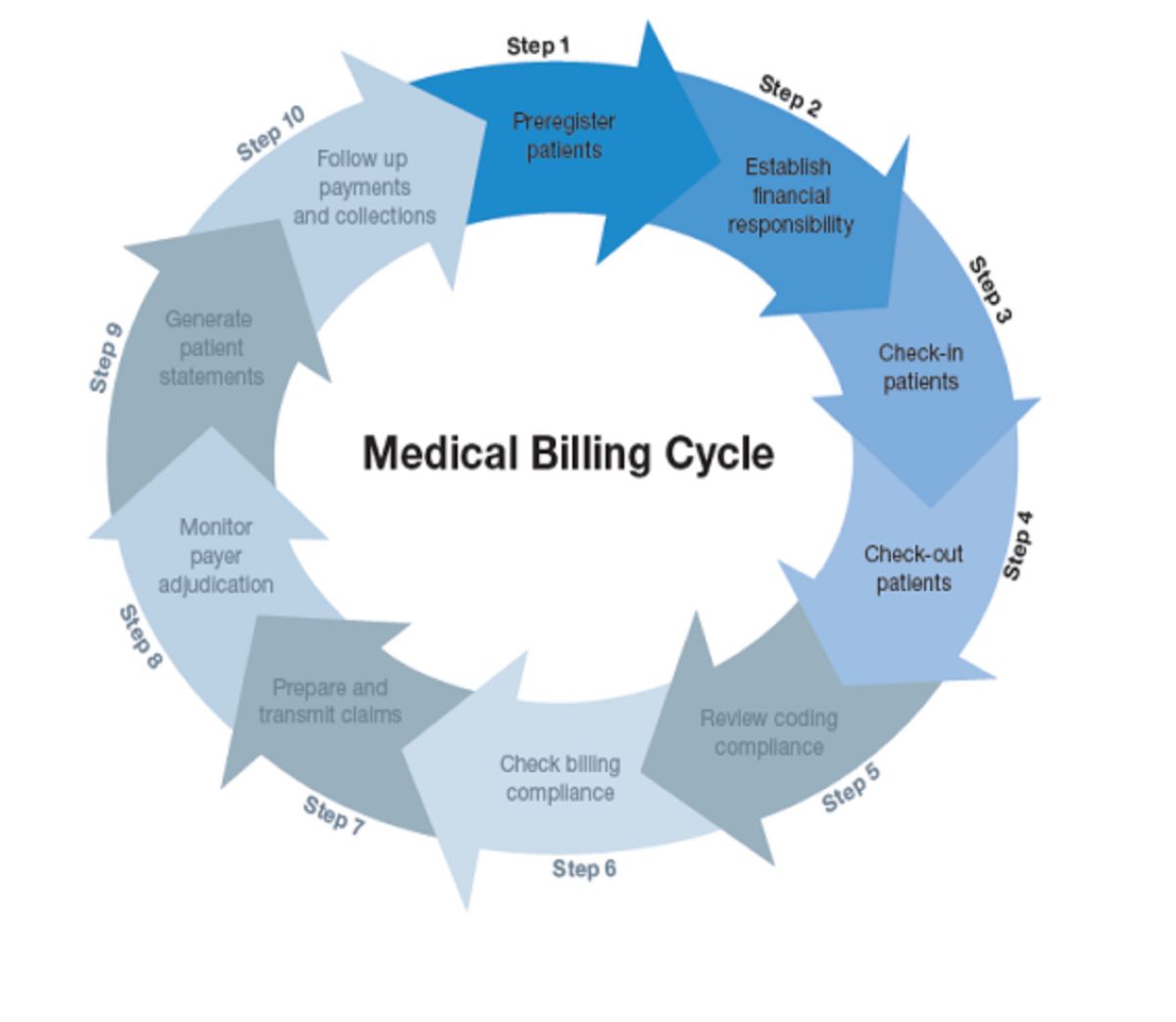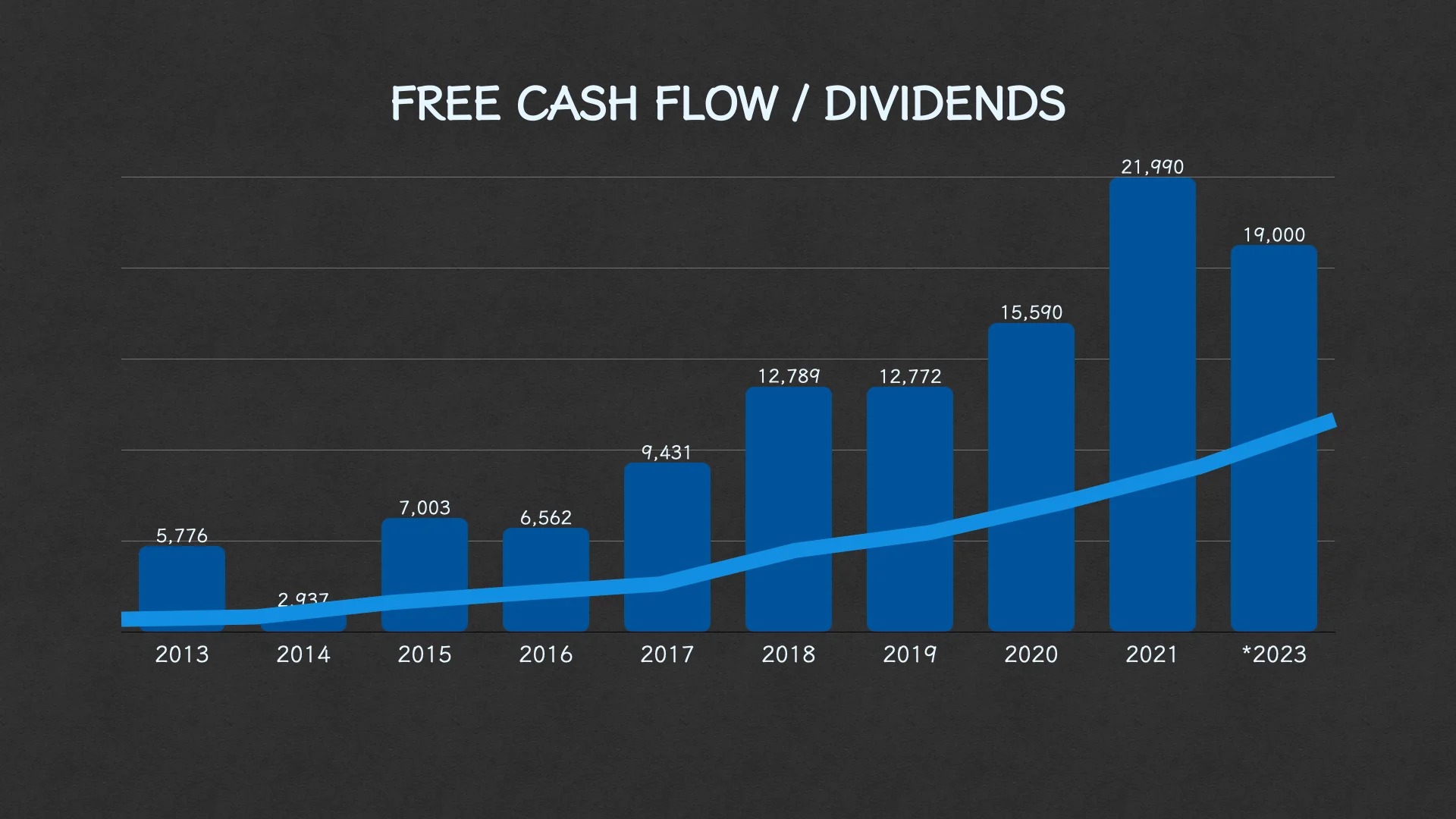

Finance
Medicare Part D Definition
Published: December 24, 2023
Learn what Medicare Part D is and how it can help with your prescription drug costs. Understand the financial aspects of this program and its impact on your finances.
(Many of the links in this article redirect to a specific reviewed product. Your purchase of these products through affiliate links helps to generate commission for LiveWell, at no extra cost. Learn more)
Understanding Medicare Part D: A Comprehensive Guide
Welcome to the FINANCE section of our blog, where we provide helpful information and insights to help you make informed decisions about your finances. In this post, we will be discussing Medicare Part D, an essential component of the Medicare program. Whether you are approaching retirement or are already a Medicare recipient, it’s important to understand the ins and outs of Medicare Part D and how it can benefit you.
Key Takeaways:
- Medicare Part D is a prescription drug coverage program offered by private insurance companies approved by Medicare.
- It helps Medicare beneficiaries pay for prescription medications and provides coverage for both brand-name and generic drugs.
Now, let’s dive deeper into Medicare Part D and unravel its definition, coverage options, and requirements.
What is Medicare Part D?
Medicare Part D is a government-sponsored program that provides prescription drug coverage to eligible individuals. It was introduced in 2006 as part of the Medicare Modernization Act, and it aims to help Medicare beneficiaries afford their prescription medications.
Medicare Part D is offered through private insurance companies that are approved by Medicare. These insurance companies offer various plans that provide prescription drug coverage at different costs and with different coverage options.
Who is Eligible for Medicare Part D?
In general, anyone who is eligible for Medicare Part A and/or enrolled in Part B is also eligible for Medicare Part D. This includes people aged 65 and older, as well as individuals under 65 who qualify due to certain disabilities.
To enroll in Medicare Part D, you must actively choose a plan and sign up for it. This can be done during your Initial Enrollment Period when you first become eligible for Medicare or during the Annual Enrollment Period, which typically occurs from October 15th to December 7th each year.
Medicare Part D Coverage Options
When choosing a Medicare Part D plan, it’s important to consider the coverage options that best meet your medication needs. Each plan has a formulary, which is a list of covered prescription drugs. It’s essential to review the formulary to ensure that your medications are covered.
Medicare Part D plans typically include three different phases of coverage:
- Deductible Phase: You may be required to pay a certain amount as a deductible before the plan starts covering your prescription drug costs.
- Coverage Phase: Once you have reached your deductible, the plan will cover a percentage of your medication costs, while you will be responsible for a co-payment or co-insurance.
- Donut Hole or Coverage Gap: If your medication costs reach a certain threshold, you may enter a coverage gap where you’re responsible for a larger portion of the drug costs. However, thanks to the Affordable Care Act, this coverage gap is gradually closing each year until 2020 when it will no longer exist.
- Catastrophic Coverage: Once you reach a certain out-of-pocket threshold, you will enter the catastrophic coverage phase, where your costs will significantly decrease.
In Conclusion
Medicare Part D is an invaluable program that helps Medicare beneficiaries afford their prescription medications. By understanding its definition, coverage options, and eligibility requirements, you can make informed choices to ensure your prescription drug costs are manageable.
If you’re approaching Medicare eligibility, we recommend exploring different Medicare Part D plans and comparing their coverage options and costs. This will enable you to choose a plan that aligns with your medication needs and financial situation.
Stay tuned to our FINANCE section for more informative articles and insights to help you with your financial journey!














